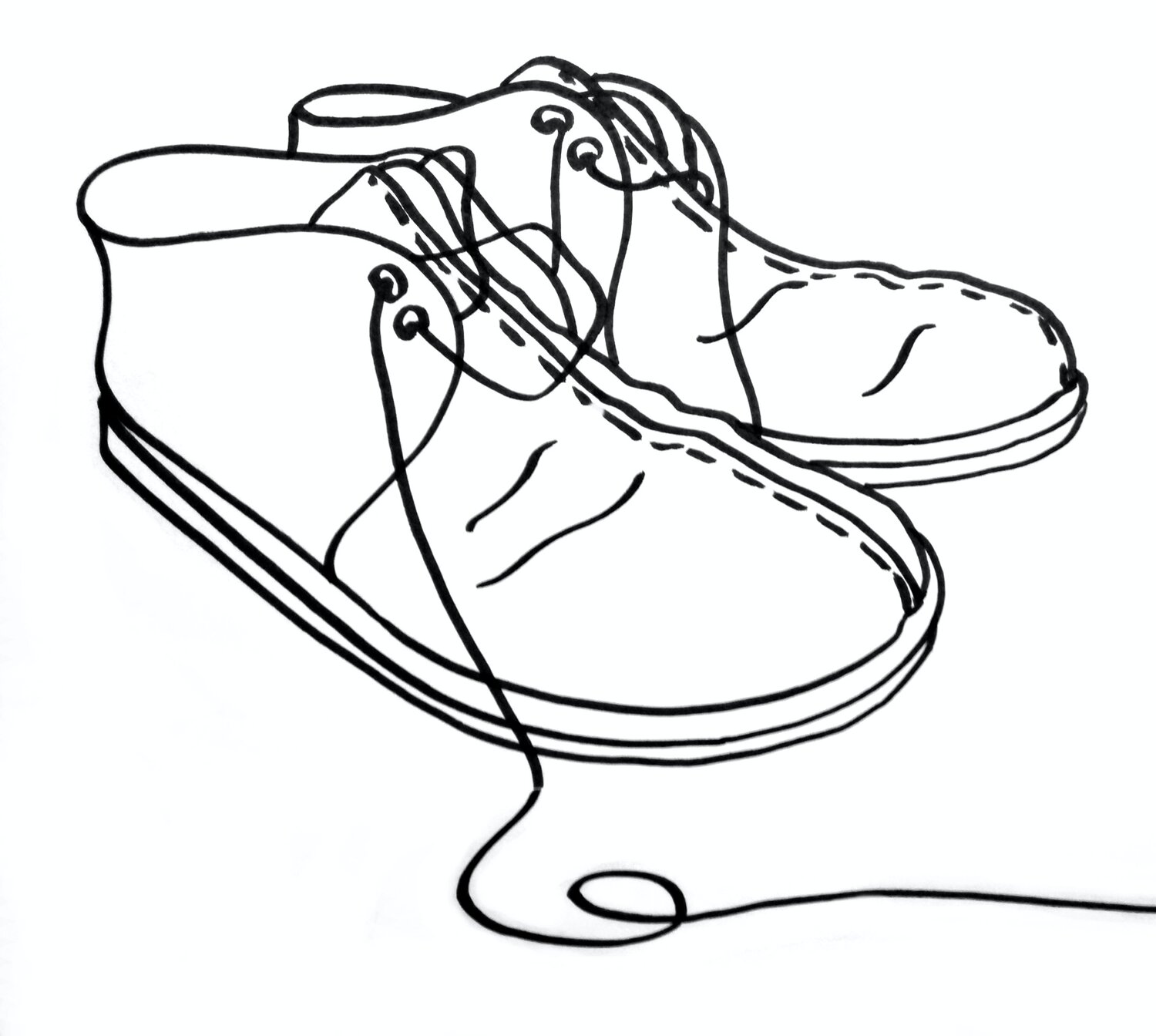Dr. Shoes
Trickster shoes: Hermes’ Desert Boots - Alex Sherlock
In April 2017 I received a doctorate from the Department of Sociological studies at the University of Sheffield. My thesis, 'This is Not a Shoe: An Exploration of the Co-Constitutive Relationship Between Representations and Embodied Experiences of Shoes', was assessed by Dr. Agnès Rocamora and Dr. Katherine Davies in January, and after minor amendments was awarded in April. The thesis is available to download from the White Rose E-thesis Repository.
Thesis abstract:
Through their narrative incorporation in fairy tales, song lyrics, in movies and on television shoes have become a ‘loaded device’ recycled as metonymy for the wearer or as metaphor for experience (Pine, 2006: 353). This research argues that in academic studies a consequence of their visual and symbolic ubiquity has been the material invisibility or ‘humility’ of the shoe as a ‘thing’ (Miller, 2005). Following Magritte’s lead in his painting The Treachery of Images (1928-29) I suggest that a tendency to see and analyse the messages shoes convey, rather than the things themselves, has led to a lack of empirical interrogation into the role shoes play in everyday processes of identity and identification. This research addresses this lack, yet rather than separate the shoe from its representations to do so, it unites the material and visual to understand the relationship between representations and embodied experiences of shoes in processes of being and becoming. With a focus on the styles that comprise the Clarks Originals brand, particularly the Desert Boot, the study observes the ‘situated bodily practice’ (Entwistle, 2000b) of those who both produce and wear the shoes to understand them as medium rather than message in processes of identification and transformation. This approach enables us to identify the material and semiotic affordances that lead to their cultural visibility and to gain a picture of the complex ‘networks’ (Latour, 2005) and ‘meshworks’ (Ingold, 2010a) such significant objects facilitate. Consequently, the thesis addresses shortcomings in sociological approaches to fashion theory by offering a meso-level between structure and agency which undermines common dualities between production and consumption, masculine and feminine, and the material and visual. Ultimately, the research argues that Clarks Originals offer a valuable opportunity to understand how and why particular objects become culturally and socially significant and valuable.

